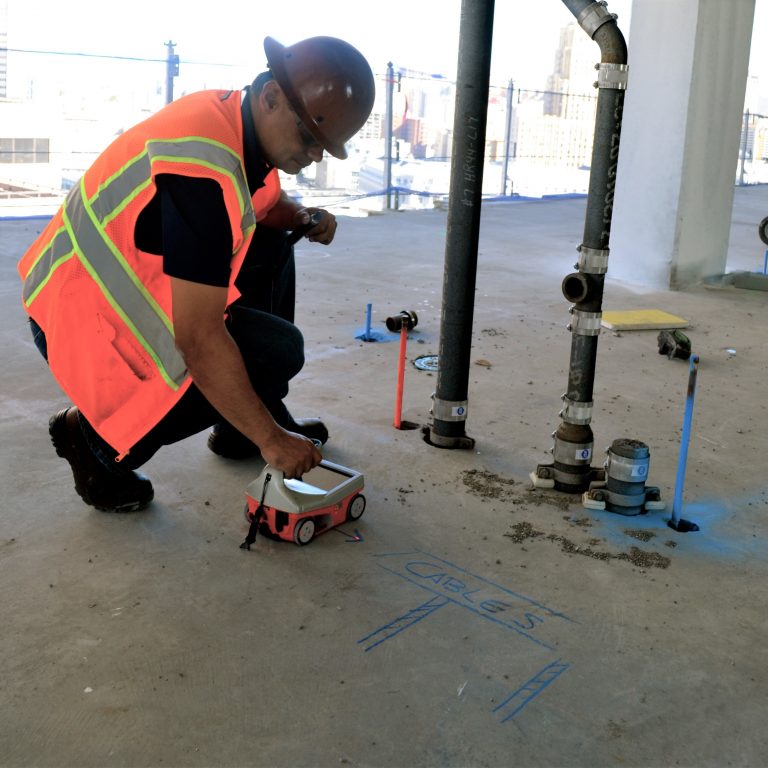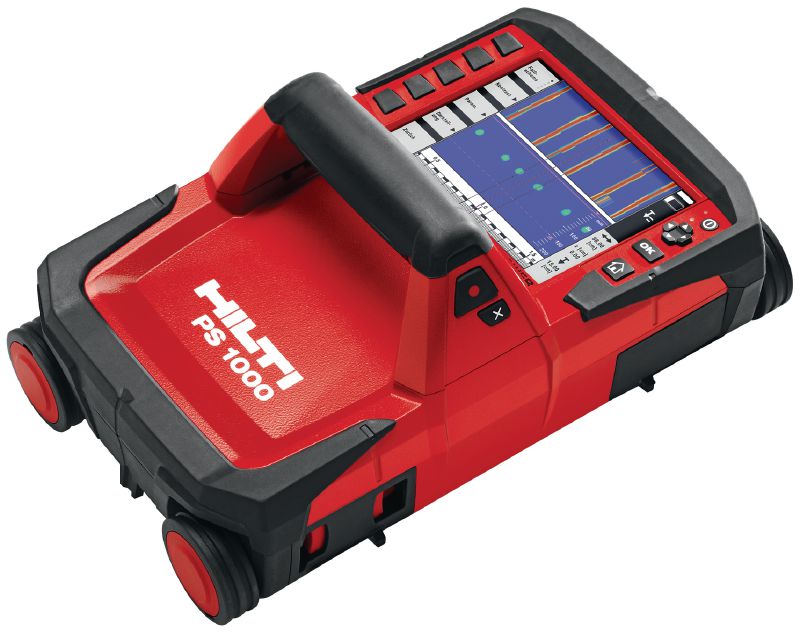Concrete Scanning: A Crucial Step Towards Making Sure Architectural Integrity and Security
In the world of building and construction and framework upkeep, the relevance of concrete scanning can not be overemphasized. This careful process holds the crucial to revealing prospective risks hidden below the surface of relatively solid structures. By utilizing sophisticated innovation and methods, concrete scanning serves as a critical tool in making certain that the honesty and safety of structures and bridges are supported to the highest requirements. Nonetheless, past its surface-level ramifications, the role of concrete scanning expands much deeper than fulfills the eye.
Relevance of Concrete Scanning
Concrete scanning plays a crucial function in ensuring the structural honesty and security of structures and facilities projects. By making use of advanced modern technologies such as ground-penetrating radar (GPR) and electromagnetic induction, specialists can non-destructively inspect concrete structures to detect prospective issues, voids, embedded things, and support layout. This process makes it possible for early detection of abnormalities that can compromise the stability of a framework, preventing costly problems and making certain the safety of passengers.
Concrete scanning is particularly necessary throughout the planning and construction phases of a task. Prior to exploration, reducing, or coring right into concrete, scanning assists determine the specific areas of rebar, post-tension cables, and other embedded aspects, lowering the threat of accidental hits that could result in structural weaknesses. In addition, concrete scanning aids in quality assurance by verifying the thickness of concrete covers and discovering any type of disparities that might impact the general toughness of the framework. Eventually, buying concrete scanning services is not only a proactive measure to mitigate risks yet additionally a fundamental step towards maintaining the long-term safety and security and security of structures and facilities.
Innovation for Concrete Assessment

Benefits of Early Discovery
Prompt detection of structural problems can significantly reduce dangers and make certain the longevity of building tasks. By recognizing potential problems early in the building and construction process, stakeholders can take positive actions to resolve issues before they rise right into larger and much more expensive issues. Among the key benefits of early detection is the prevention of structural failings, which can pose serious safety risks and lead to project delays and financial losses.
Moreover, early discovery permits prompt repair services and upkeep, which can assist extend the lifespan of the framework. By addressing concerns immediately, building teams can avoid costly repair services and even the need for early substitute of architectural elements. This aggressive strategy not only saves time and money yet additionally improves the overall safety and resilience of the construction project.
In addition, early detection can boost job planning and decision-making by giving stakeholders with important insights right into the condition of the framework. Armed with this information, job managers can make enlightened choices regarding building and construction products, techniques, and timelines, causing much more successful and effective project end results.
Making Sure Structural Security
Guaranteeing the architectural stability of a construction job is extremely important to its security and long life. Structural security describes the ability of a structure or infrastructure to preserve its kind and function under numerous lots and environmental problems. To attain this, extensive assessment and tracking of the framework are important. Concrete scanning plays a vital role in making sure structural stability by identifying possible issues such as voids, delamination, or reinforcement rust that can compromise the integrity of the structure gradually.
By utilizing innovative scanning technologies like ground-penetrating radar (GPR) and electromagnetic induction, building experts can non-invasively evaluate concrete structures to determine locations of problem under the surface area. view website This proactive method permits the early detection of problems or weak points, enabling timely repairs or reinforcement to stop structural failures.
Regular concrete scanning throughout various building and construction stages and throughout the life process of a framework can aid keep its stability, reduce risks, and ensure the safety and security of owners. By focusing on structural security via concrete scanning, building jobs can enhance their resilience and resilience, eventually contributing to better safety and long life.

Protecting Against Vital Failings
Executing routine inspections, such as concrete scanning, can disclose hidden flaws like voids, fractures, or deterioration that could jeopardize the honesty of a framework. By utilizing sophisticated scanning technologies like see here now Ground Passing through Radar (GPR) or Concrete X-ray, designers can non-destructively examine the condition of concrete and determine weak factors that need support or fixing.

Conclusion
To conclude, concrete scanning plays a critical role in making sure architectural honesty and safety and security by using innovative modern technology for very early discovery of possible concerns. This aggressive technique aids protect against critical failings and makes certain the security of frameworks. It is vital to focus on concrete assessment as a typical technique to shield the long life and safety and learn this here now security of structures and facilities.
Concrete scanning plays a vital function in making sure the structural integrity and security of buildings and framework projects. In addition, concrete scanning aids in quality control by validating the density of concrete covers and finding any type of discrepancies that might impact the overall durability of the framework. Concrete scanning plays a vital function in ensuring architectural security by discovering potential concerns such as spaces, delamination, or reinforcement deterioration that could endanger the stability of the framework over time.

In conclusion, concrete scanning plays a crucial role in guaranteeing architectural stability and security by using sophisticated innovation for early detection of potential issues.